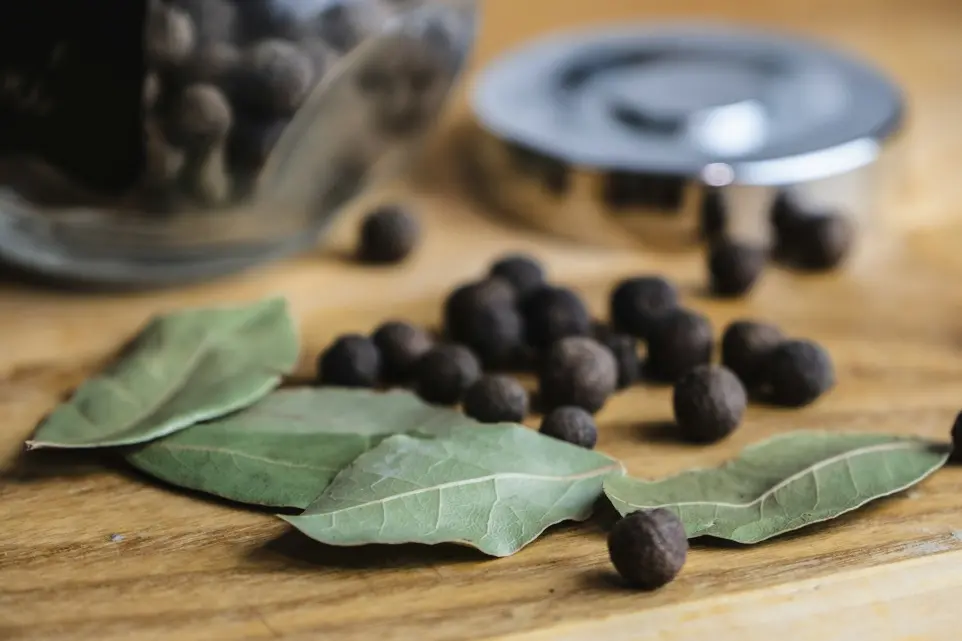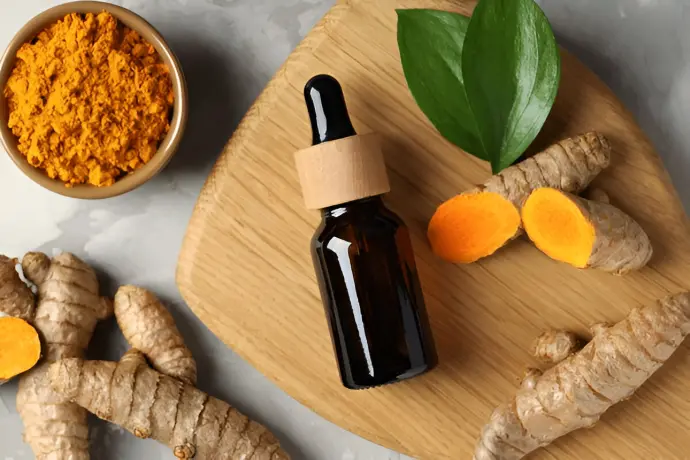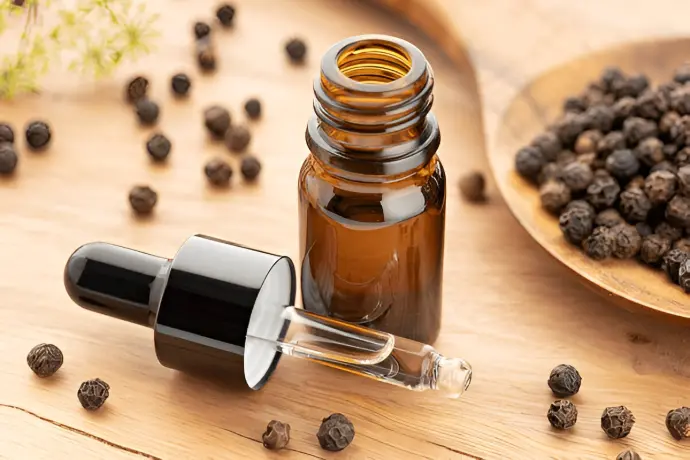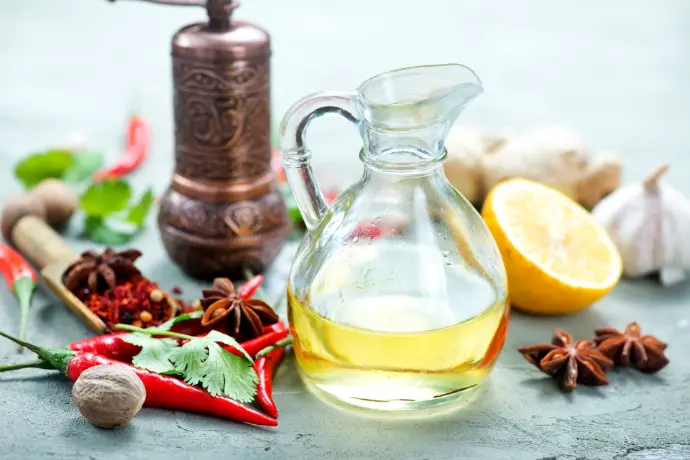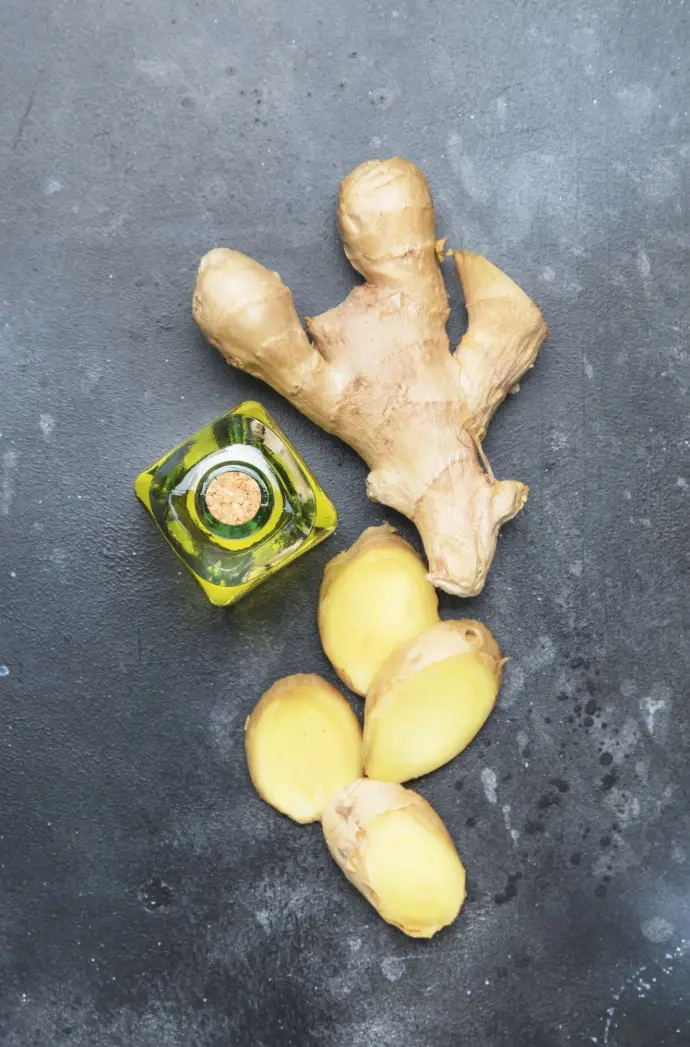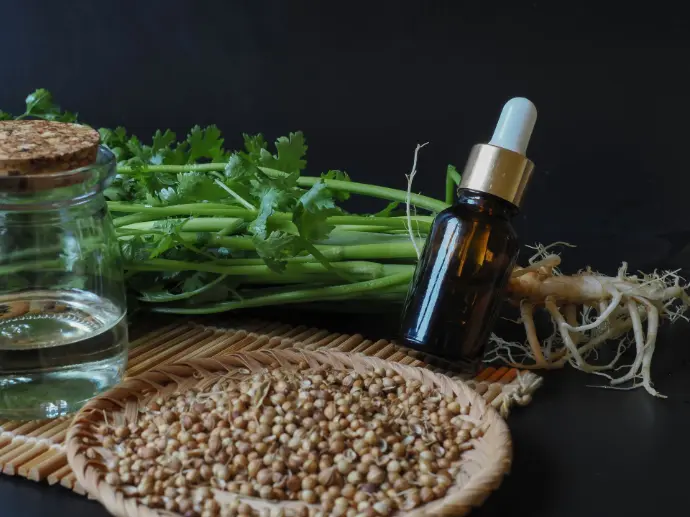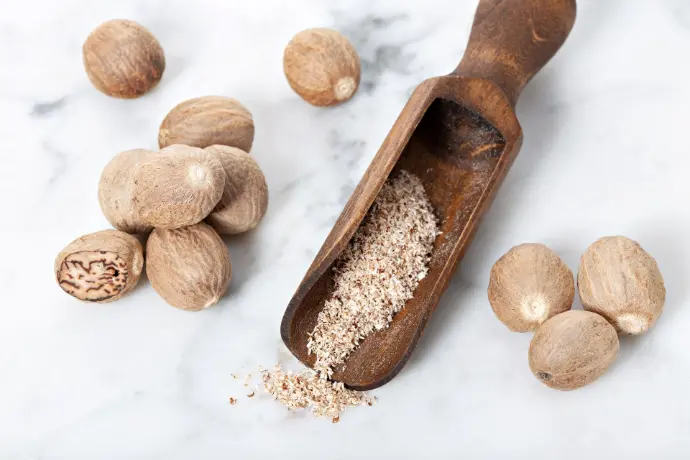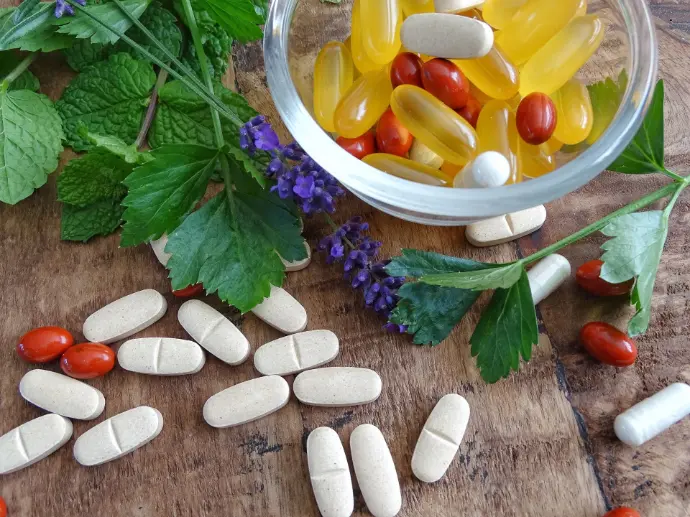About Product
Bay leaf oleoresin is extracted from the leaves of the familiar culinary herb Laurus nobilis, more commonly known as bay laurel. This evergreen tree, which grows throughout the Mediterranean, bears glossy green leaves that release a distinctive fragrance when crushed. The oleoresin itself is produced by subjecting dried leaves to Supercritical Fluid Extraction, a modern green-technology method that uses inert carbon dioxide in a high-pressure chamber to yield a concentrated liquid.
The finished oleoresin, ranging in colour from light olive to dark green, has a thick, semi-solid consistency and offers a pungent aroma accompanied by a sharp, slightly bitter taste. Its chemical profile includes prominent constituents such as 1,8-cineole, eucalyptol, various terpenes, terpinyl acetate, the pinene isomers, phellandrene, linalool, geraniol, methyl chavicol, neral, and lauric acid.
Because of this rich mixture, bay leaf oleoresin finds several practical applications. In the fragrance industry, it serves as a natural note in perfumes and skin-care formulations. Its most widespread use, however, is in therapeutic liniments and massage oils, where it is credited with stimulating lymphatic drainage and enhancing blood circulation.
Scientific studies have confirmed that bay leaf oleoresin possesses a remarkable array of pharmacological properties. It acts as an antioxidant, anti-diabetic agent, antimicrobial, antitumour compound, anti-inflammatory substance, analgesic, and anti-fungal remedy.
Clinicians and herbalists recommend the oleoresin for a broad spectrum of ailments, including scalp dryness, migraine, amenorrhea, neuralgia, asthma, memory impairment, kidney infection, joint pain, uterine infection, arthritis, elevated blood sugar, menstrual irregularities, flatulence, stress, indigestion, diabetes, and various respiratory conditions.
Composition
- Eugenol: A phenolic compound with clove-like aroma, antimicrobial and analgesic properties.
- Myrcene: Contributes a peppery, spicy scent and offers anti-inflammatory benefits.
- Linalool: Floral and citrusy; known for calming and skin-soothing effects.
- Other Constituents: Methyl eugenol, cineole, tannins, and sesquiterpenes.
Physical Characteristics
- Appearance: Dark green to brownish viscous liquid.
- Odor: Spicy, warm, and slightly woody with clove and cinnamon undertones.
- Taste: Aromatic, pungent, slightly bitter, and warm.
Health Benefits
- Respiratory Relief:
- Contains cineole and myrcene, which act as natural expectorants and decongestants.
- Digestive Aid:
- Stimulates appetite and digestion, reduces bloating and flatulence.
- Anti-inflammatory & Pain Relief:
- Eugenol provides natural pain-relieving effects for muscle aches, joint inflammation, and skin irritation.
- Antimicrobial & Antioxidant:
- Protects against bacterial growth and oxidative stress, helping preserve skin and cellular health.
- Calming & Grounding Effect:
- Linalool’s mild sedative properties help ease nervous tension and promote mental clarity.
Bay Leaf Oleoresin is used for its strong flavoring and aromatic properties.
It has several health benefits including anti-oxidant, anti-diabetic, antimicrobial, antitumor, inflammation reduction, sore relief, and fungal infection fighting properties.
Components of Bay leaf oleoresin include 1,8-cineole eucalyptol and various terpenes like terpinyl acetate along with α- and β-pinenes phellandrene linalool geraniol methyl chavicol neral and lauric acid.
Key Features
- Source: Leaves of Laurus nobilis (Bay Laurel).
- Active Compounds: Eugenol, myrcene, cineole, linalool.
- Physical Form: Dark green to brown viscous liquid with warm spicy aroma.
- Applications: Food, pharmaceuticals, cosmetics, fragrance.
- Health Benefits: Respiratory aid, digestive support, antimicrobial, anti-inflammatory, calming effects.
Application
Food Industry:
- Used as a flavoring agent in soups, stews, sauces, marinades, and spice blends, especially in Mediterranean and Indian cuisines.
- Adds depth and complexity with its spicy and woody profile.
Pharmaceuticals & Nutraceuticals:
- Used in herbal medicine, respiratory remedies, and digestive tonics.
- Effective in formulations for bronchitis, cold relief, and bloating.
Cosmetics & Personal Care:
- Included in creams, balms, and bath oils for its anti-inflammatory and soothing properties.
- Also found in hair oils and scalp treatments for promoting circulation.
Fragrance Industry:
- Used in masculine perfumes, incense, and aromatherapy for its warm, spicy, and balsamic notes.
ALSO ACT AS A
Flavoring Agent: Bay leaf oleoresin serves as a concentrated flavoring component in many culinary traditions. It enhances Asian curries, seasoning blends, soups, pickles, and fragrant biryanis while contributing depth to both French and Italian dishes.
Aromatic Agent: Widely recognized for its soothing properties, bay leaf oleoresin is often employed to ease neuralgia and migraine-related discomfort. Herbal practitioners also recommend it for mild support of kidney and liver function.
Therapeutic: Many natural personal-care brands incorporate bay leaf oleoresin into products ranging from hair tonics and pain-relief aromatherapy oils to select cosmetics and ecologically-minded detergents.
Nutritional: This oleoresin contains a noteworthy amount of vitamin C, and it frequently appears in traditional medicine and herbal teas designed to support digestion and bolster immunity.
